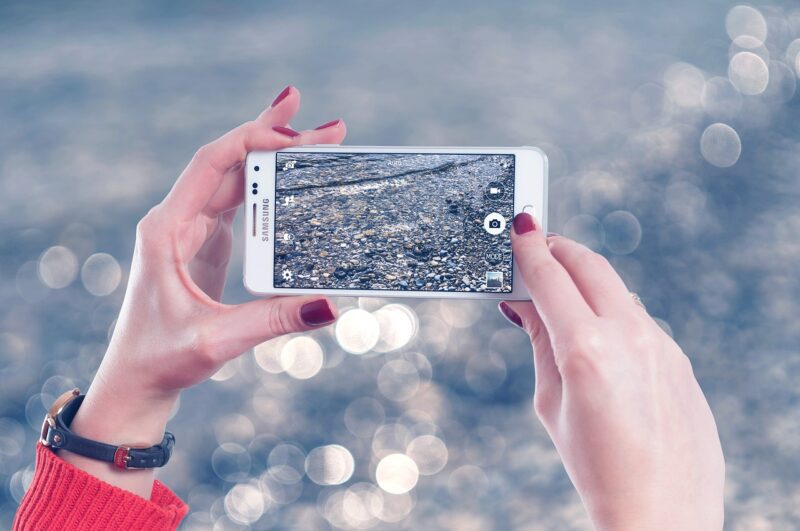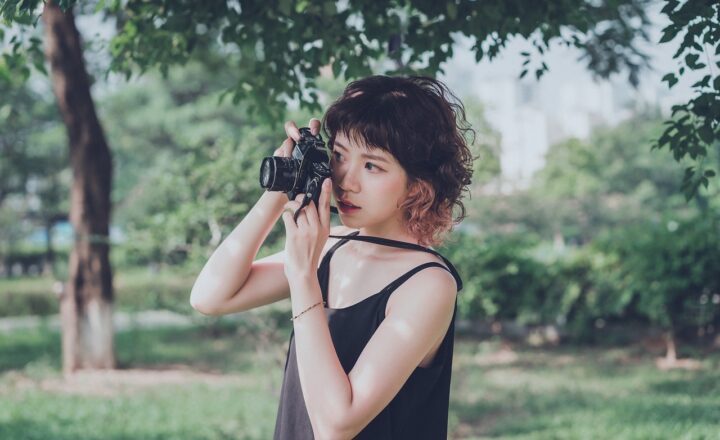How to Choose a Smartphone That Suits Your Photography Skills and Needs
November 13, 2024

In today’s digital age, smartphones have become indispensable tools for capturing moments and expressing creativity through photography. With the capabilities of smartphone cameras continuously evolving, selecting the right device can feel overwhelming, especially if you’re passionate about photography. Whether you’re a novice looking to take better snapshots or a professional in need of a reliable companion, understanding the features that matter most will guide you in making the best choice.
1. Assess Your Photography Needs
Before diving into the world of smartphone specifications, take a moment to reflect on your photography needs. Consider the following questions:
- What type of photography do you enjoy? Are you more inclined toward landscape photography, portraits, or perhaps street photography? Your specific interest will dictate the kind of camera features you should prioritize.
- Do you require advanced features? If you’re aiming for high-quality images, you might want to invest in a smartphone that offers features like manual controls, RAW image capture, and multiple lenses.
- How often will you be using your smartphone for photography? For avid photographers, a phone with great battery life and performance is crucial to capture bursts of shots without interruption.
Understanding your photography style and requirements will serve as the foundation for selecting a smartphone that complements your creative vision.
2. Camera Specifications to Consider
When browsing smartphones, you’ll encounter various technical specifications that can impact your photography experience. Here are some key elements to take into account:
- Camera Megapixels: While higher megapixels can contribute to image clarity and detail, they are not the only factor that determines photo quality. A balanced combination of good optics and a strong sensor will deliver better results than simply focusing on megapixels.
- Aperture Size: Look for smartphones with a wide aperture (like f/1.8 or lower). A wider aperture allows more light to reach the camera sensor, making it easier to shoot in low-light conditions and achieve a blurred background effect.
- Image Stabilization: Optical image stabilization (OIS) helps to reduce blurriness caused by shaky hands, especially in low light or when shooting video. Consider phones that include this feature for smoother results.
- Lens Variety: A smartphone with multiple lenses (e.g., ultra-wide, telephoto, and macro) will provide flexibility in shooting different subjects and styles. This variety allows you to be more creative without needing additional gear.
- Software Features: Explore the camera software features like HDR, portrait modes, and night mode capabilities. The user interface and AI enhancements can significantly affect your shooting experience and outcome.
Choosing a smartphone that excels in these specifications will undoubtedly enhance your smartphone photography.
3. Performance and Battery Life
Photography can be a demanding task for smartphones, so performance and battery life are essential considerations:
- Processing Power: A robust processor enables faster shutter speeds and better performance in challenging lighting conditions. Advanced chips allow more efficient image processing, reducing lag times between shots.
- Battery Capacity: Choose a smartphone with a battery that can last throughout the day, especially if you’re out capturing images for an extended period. Fast-charging capabilities are also a plus for quick recharge during your outings.
A smartphone with a strong combination of performance and battery life will empower you to explore photography without worrying about running out of juice.
4. User Experience and Design
The ergonomics of your smartphone can impact your photography experience:
- Grip and Size: A comfortable grip is crucial for steadier shots. Consider how the smartphone feels in your hand, especially if you plan to shoot for longer periods.
- Screen Quality: A high-resolution display allows for precise editing and framing of your photographs. OLED screens often provide better contrast and color accuracy.
- Operating System and Camera Software: Different operating systems offer various camera apps and features. Familiarize yourself with the user interface and ease of access to camera settings.
Investing time in finding the right fit will make your photography experience more enjoyable and efficient.
5. Budget Considerations
Your budget will ultimately dictate the options available to you. While high-end smartphones can boast impressive camera technology, there are plenty of mid-range devices that simplify photography without breaking the bank. Keep the following in mind:
- Prioritize Features Over Brand: Rather than simply opting for well-known brands, consider what features are most important to your photography needs within your budget range.
- Look for Deals and Sales: Manufacturers often roll out promotions, and purchasing last year’s model can save considerable money while still meeting your photography stipulations.
Balancing your budget with essential features will assist you in choosing a smartphone that meets your photography demands without overspending.
6. Sample Photography and Reviews
Before making a final decision, embrace the research phase to get a true feel for each smartphone’s camera capabilities:
- Check Sample Images: Many smartphone reviews feature sample shots taken with the devices. Look for images that reflect your photography needs, such as low light performance or details in landscape shots.
- Read User Reviews: User experiences can provide insight into the practical aspects of phones. Learning how others have utilized the camera can reveal crucial insights about usability and overall performance.
Taking this final step ensures you’re equipped with enough information to make an informed decision.
Conclusion
Choosing a smartphone that suits your photography skills and needs is a personal journey that depends on understanding your preferences and requirements. By assessing your photography style, evaluating camera specifications, considering performance and battery life, and factoring in your budget, you’ll be poised to make the best decision.
Remember, the right smartphone should empower you to explore photography seamlessly and creatively, capturing life’s moments just as you envision them. Armed with the insights discussed in this article, you’re ready to find a device that brings your photography aspirations to life.







